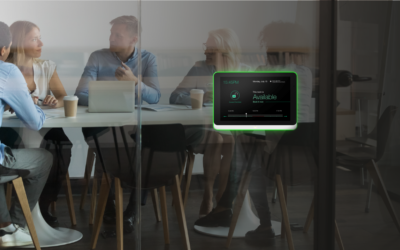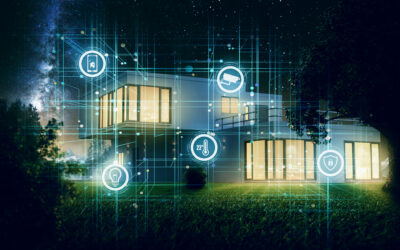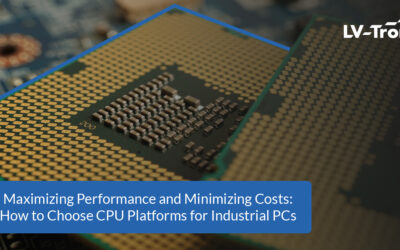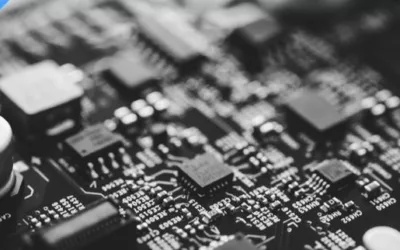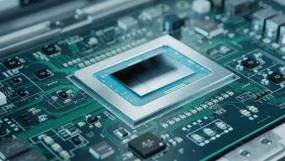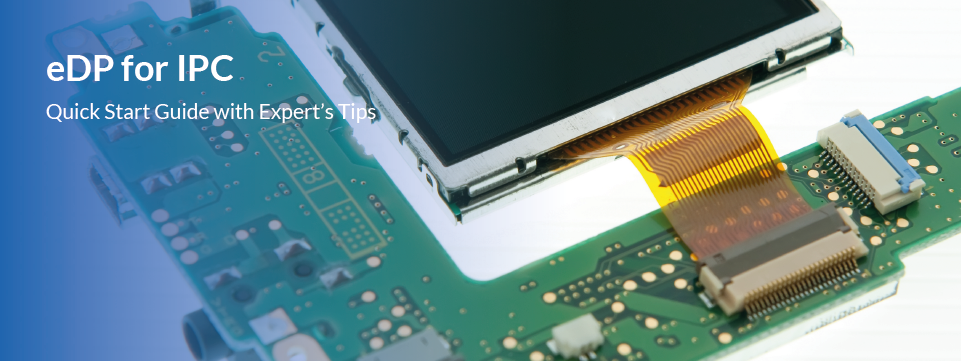
eDP Made Simple: Quick Start Guide with Expert’s Tips
Introduction to eDP
Welcome back to our Quick Start Guide series! In our previous installments, we delved into the world of MIPI, a high-speed interface crucial in mobile devices and small devices, and LVDS, ideal for larger device screens. Today, we’re exploring another key player in the technology landscape – eDP, or Embedded DisplayPort. This high-speed interface is particularly important in embedded systems, notebooks, and medium-sized device screens. But what exactly is eDP, and why is it important? Let’s dive in.
What is eDP?
eDP, or Embedded DisplayPort, is a high-speed interface standard designed by VESA (Video Electronics Standards Association). It is a type of DisplayPort that is specifically designed for embedded systems, such as laptops and other portable devices. eDP offers several advantages over older interface standards, including lower power consumption, higher resolution support, and advanced features like panel self-refresh (PSR).
When and Where to Use eDP?
eDP, or Embedded DisplayPort, is a high-speed interface standard designed by VESA (Video Electronics Standards Association). It is a type of DisplayPort that is specifically designed for embedded systems, such as laptops and other portable devices. eDP offers several advantages over older interface standards, including lower power consumption, higher resolution support, and advanced features like panel self-refresh (PSR). As a general rule of thumb when selecting an interface for Industrial PCs (IPC), eDP is generally suitable for medium-sized device screens when choosing display interface technologies.
Features and Benefits of eDP
eDP comes with a host of benefits that make it a top choice for display communication. Here are some key features:
- High-Speed Interface: eDP can signal data quickly, supporting high resolutions and frame rates. This makes it capable of handling a large amount of data and supporting high-speed applications such as video transmission.
- Low-Power Operation: eDP is designed for low power consumption, making it an energy-efficient choice for battery-powered devices.
- Advanced Features: eDP supports advanced features like panel self-refresh (PSR), which can further reduce power consumption by allowing the display to refresh itself without assistance from the CPU or GPU when the image is static.
Practical Insights
Optimizing eDP Interface for Quality Display When it comes to implementing eDP in your projects, there are a few practical tips to keep in mind:
- Cable Length: The ideal cable length for eDP to ensure quality display is 30 cm. Keeping the distance between the eDP transmitter and the receiver within this range can help maintain signal integrity and reduce potential interference.
- Signal Degradation: As with any type of data transmission, the signal quality can degrade over distance. This is due to factors like resistance, capacitance, and inductance within the cable. By keeping the cable length to a minimum, you can help to maintain the integrity of the signal and reduce potential interference.
- Electromagnetic Interference (EMI): Longer cables can act as an antenna, picking up electromagnetic interference from the environment. This can add noise to the signal, further degrading its quality. A shorter cable length reduces the risk of EMI.
- Signal Reflections: In high-speed data transmissions like eDP, signal reflections can become a significant issue with longer cables. These reflections occur when the signal encounters a change in impedance, such as at the connection between the cable and the receiver. The reflections can travel back along the cable and interfere with subsequent signals. By keeping the cable length to a minimum, you can help to reduce the impact of signal reflections.
- Power Loss: Longer cables can also lead to power loss due to the resistance of the cable. This can affect the voltage level at the receiver end, potentially causing issues with the display. A shorter cable length helps to minimize this power loss.Please note that the ideal cable length can vary depending on the specific application and environment. It’s always a good idea to test the system under actual operating conditions to determine the optimal cable length.
- Cable Quality: The quality of the cable is important to handle the voltage required by eDP. Using a high-quality cable can ensure stable voltage delivery, reducing the risk of display issues caused by voltage fluctuations.
- Material Quality: High-quality cables are often made of superior materials that can handle higher voltages without degradation or failure. This includes the conductive material (such as copper or silver) used for the signal lines, as well as the insulating material that surrounds them.
- Signal Integrity: High-quality cables are designed to maintain signal integrity over the length of the cable. This includes features like shielding to protect against electromagnetic interference, as well as controlled impedance to prevent signal reflections. Both of these factors can affect the voltage level at the receiver end, potentially causing display issues.
- Durability: High-quality cables are typically more durable and resistant to physical stress. This includes resistance to bending, twisting, and pulling, as well as resistance to environmental factors like temperature and humidity. A cable that fails physically can lead to voltage issues and other problems.
- Connector Quality: The quality of the connectors at each end of the cable can also affect the voltage handling capability. High-quality connectors provide a reliable, low-resistance connection to the transmitter and receiver, ensuring that the voltage level is maintained.
- Safety: High-quality cables are more likely to have adequate insulation and other safety features to prevent short circuits, electrical shocks, or other hazards that could occur if the cable is unable to handle the voltage.
Conclusion
eDP is a powerful interface technology that’s shaping the future of display communication. By implementing the expert’s tips from this article, you can ensure that your eDP signals will deliver high-quality display performance. With its high-speed capabilities, low-power operation, and advanced features, it’s no wonder eDP is becoming a popular choice in the tech industry, especially for embedded systems and portable devices. Stay tuned for our next Quick Start Guide, where we’ll explore another key interface technology: LVDS.
For more detailed information on how eDP compares with other interface technologies like MIPI and LVDS, check out our comprehensive comparison article – MIPI vs. eDP vs. LVDS.
Expert Tips and Advises: Accelerate Your Room Booking Hardware Business by Knowing More About the End-Users
This article discusses the important factors to consider when choosing a panel PC for a room booking system, including performance, cost, customization, security, durability, manageability, and scalability. A reliable Design Manufacturing Service (DMS) partner is also crucial for technical support, customization, integration, and long-term maintenance. By choosing the right panel PC and DMS partner, facilities can enhance their conference room experience and meet the evolving demands of the market.
Building Automation Technologies starting with KNX
Compare the features and capabilities of popular building automation protocols such as KNX, BACnet, Zigbee, Z-Wave, and EnOcean and discover how they can enable smart buildings and workspaces.
Maximizing Performance and Minimizing Costs: How to Choose CPU Platforms for Industrial PCs
Maximizing Performance and Minimizing Costs: How to Choose CPU Platforms for Industrial PCs Comparing Popular Platforms: NXP, Rockchip, MediaTek, and Intel for Industrial PCsIntroduction When it comes to building industrial PCs, choosing the right CPU platform is...
Navigating the Challenges of IoT Projects: How an ODM Service Can Help Your Company Succeed
Building industrial PCs for IoT comes with unique challenges such as performance, security, scalability, integration, and maintenance. LV-Tron, with over 20 years of experience, can help you navigate these complexities and deliver optimized solutions.
AIoT for Smart Buildings, Workplaces, and Meetings
LV-Tron creates AI-powered IoT devices for smart buildings, workplaces, and meetings, using sensors and AI algorithms to adjust environments and improve productivity.
Enabling Sustainable and Green Workplaces, Buildings and Meeting Spaces
LV-Tron is a leading provider of design and manufacturing services that helps businesses create sustainable and green workplaces, buildings, and meeting spaces. By using technology to create sustainable spaces, businesses can reduce their environmental impact and improve efficiency.
DMS for Smart Workplace, Building and Meeting
LV-Tron is a DMS provider that helps businesses create smart workplaces, buildings, and meeting spaces. They specialize in designing digital solutions to streamline processes and improve productivity, leveraging technology to optimize work environments.

